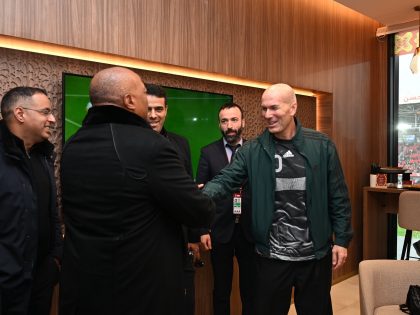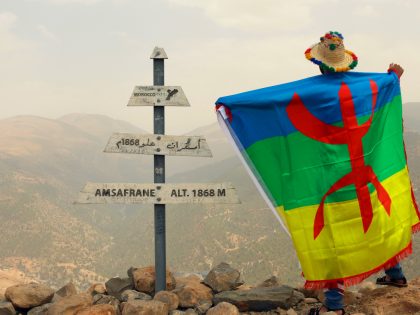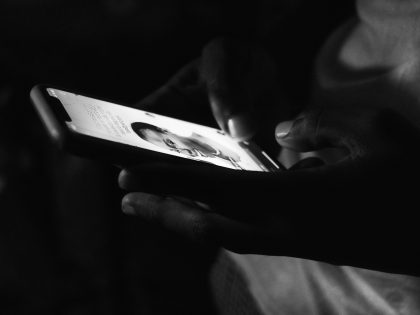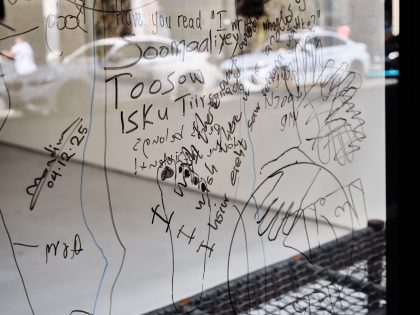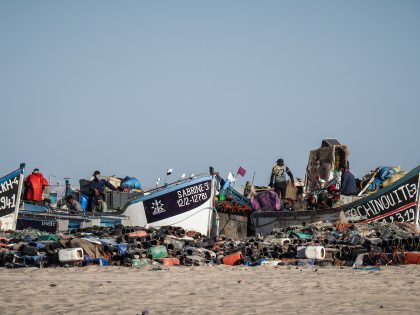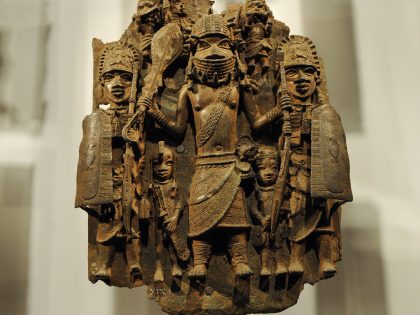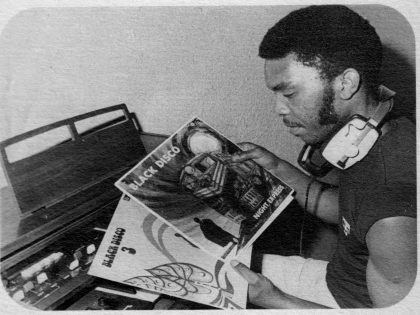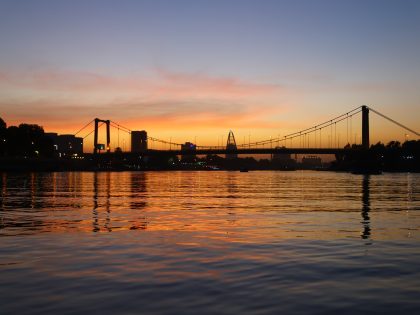Addis Swing
The revival of Ethiopian jazz, a tradition that dates back to the 1920s, and had its heyday under Emperor Haile Selassie.

From the cover art of "Ethiopiques 4: Ethio Jazz & Musique Instrumentale, 1969-1974."
The Economist has a great story on the revival of Ethiopian jazz, a tradition that dates back to the 1920s and had its heyday in the late 1960s and early 1970s.
Jazz first came to Ethiopia when Armenian orphans from the massacres in Turkey were adopted by Ethiopia’s imperial court and formed a band called Arba Lijoch, meaning Forty Children. Other big bands followed suit. This, what became known as “Addis swing” caught on. By the dying days of Haile Selassie’s reign, in the early 1970s, musicians were fusing jazz and funk with more traditional Ethiopian tunes to create a distinctive Ethio-jazz. After the grim Marxist regime of Mengistu Haile Mariam took over in 1974, Ethio-jazz soon died, along with much else. The communists were suspicious of free-form jazz. Many players and fans were killed or fled, mostly to America. Hotel bands were replaced with drab synthesizers.”
